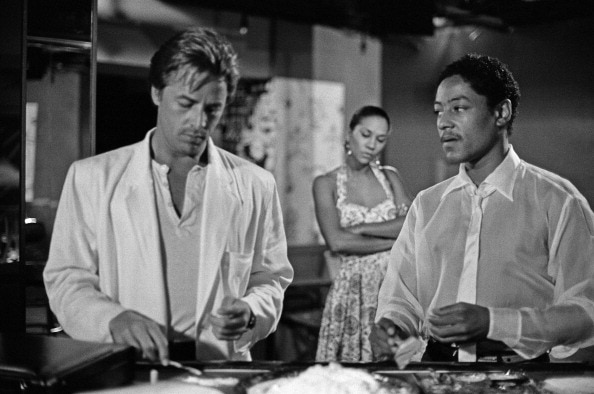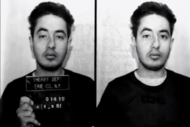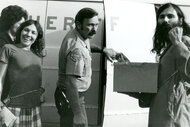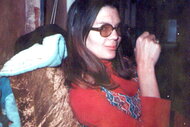Create a free profile to get unlimited access to exclusive videos, breaking news, sweepstakes, and more!
In 1980's Miami: A Morgue Rented A Burger King Trailer To Manage The Dead Bodies
The Miami Drug War of the 1980s makes the film Scarface seem like a documentary.

Oxygen Digital is kicking off its first-ever themed month in June with Crimes of the '80s. We'll explore big trends (drug cartels), sensational cases ("The Preppy Killer"), the decade's most lethal and infamous serial killers (The Night Stalker, The Grim Sleeper) and more.
In the 1980's drug dealers competed for Miami’s wholesale markets. The increasing violence was linked to the Medellin Cartel consolidating its control of the drug business. Gigantic smuggling rings arose in South Florida. In 1982, $100 million worth of cocaine was seized from a Miami International Airport hanger. As a response, President Reagan created the South Florida Drug Task Force and assigned then-Vice President George H. W. Bush to lead a coordinated federal offensive that same year. Miami became known as the "Drug Capital of the World" in the '80s due to turf wars between drug lords.
[Bush in Miami inspecting confiscated items, Getty Images]
By 1980, authorities stated that 70 percent of all cocaine and marijuana entering the United States passed through South Florida. The DEA said the annual Miami drug trade brought in about $12 billion. That means that the illegal drug trade beat out the area’s two largest legitimate businesses: $11 billion in real estate and $9 billion in tourism.
There were too many bodies
In 1980, the Miami-Dade morgue had more dead bodies than it could handle. That year, Miami had a record number of 573 murders. The medical examiner's office had to lease a refrigerated truck to handle all the cadavers. The murders were a result of shootouts among rival drug lords. By 1981, the amount of bodies increased. The number of homicides had reached 621 in ‘81 alone. The medical examiner used the refrigerated truck, which cost an extra $800 a month to rent, until 1988. The trailer was rented from Burger King. At the time, 25 percent of homicides in Miami were a result of machine-gun fire and 15 percent were public executions.
The high corpse rate left many medical examiner officials frustrated. In an interview with United Press International, operations director Norman Kassoff said, "I don't see any relief in sight unless the federal government comes in and moves out all the undesirable aliens and cracks down on all the Colombian drug homicides. And that would be only temporary."
Colombian drug lord Griselda Blanco was considered a “pioneer” in cocaine trafficking and was responsible for more than 200 murders alone. Pablo Escobar organized smuggling shipments and distribution networks in Miami where he owned a 6,500 square foot, pink, waterfront Miami Beach mansion (demolished and pictured below.)
[Getty Images]
A lot of crazy incidents happened during the Miami Drug War that make the film Scarface seem like a documentary. Drug busts, shootouts, raids and cocaine factories became almost commonplace. In 1985 a teddy bear was found stuffed with 156,000 dollars in cash in it. Many items were found with cash, and smuggled out of the U.S. to Central and South American countries to buy drugs. In 1989, lawyer Gino P. Negretti’s car exploded. He was hospitalized with a broken arm and a mangled hand. The 71-year-old lawyer represented accused stowaways, drug dealers and explosives experts.
Eventually the Medellin Cartel and other drug trafficking organizations collapsed and the Miami Drug War subsided.
[Miami Vice photo courtesy of Getty Images]







